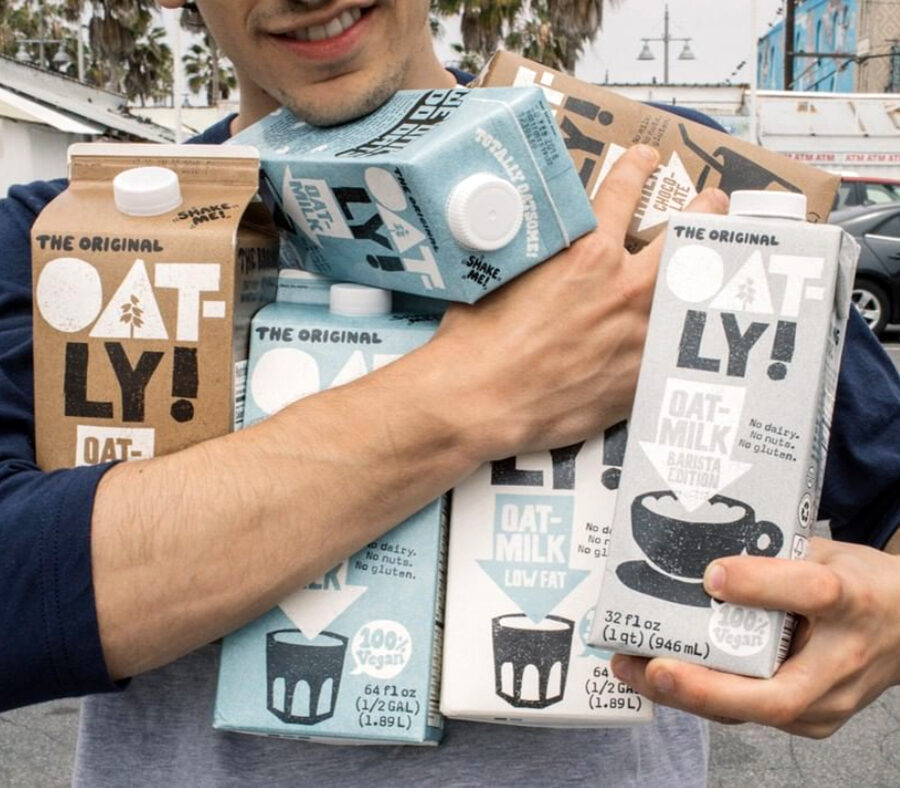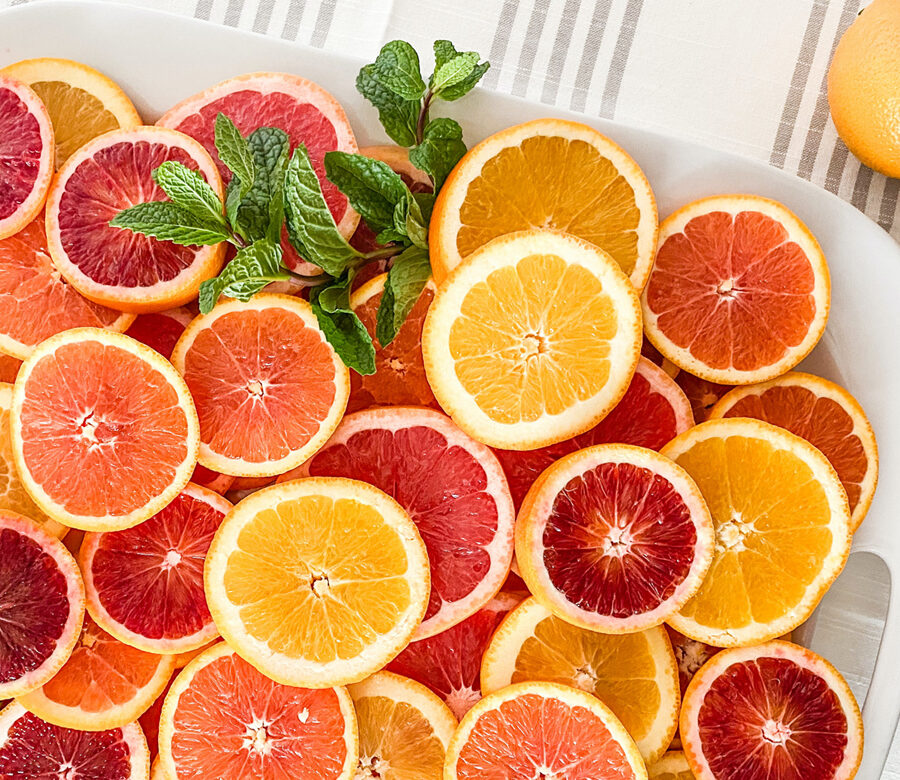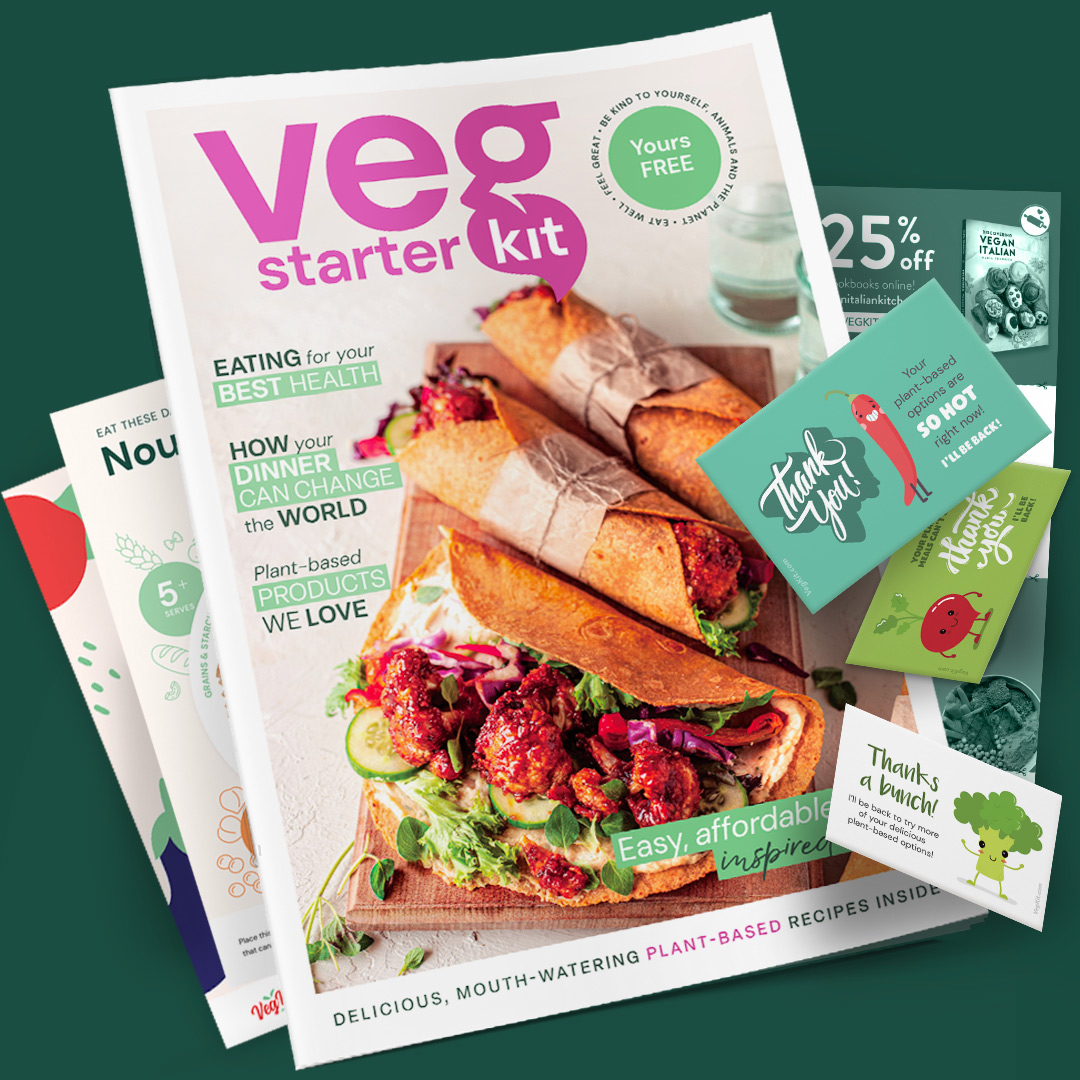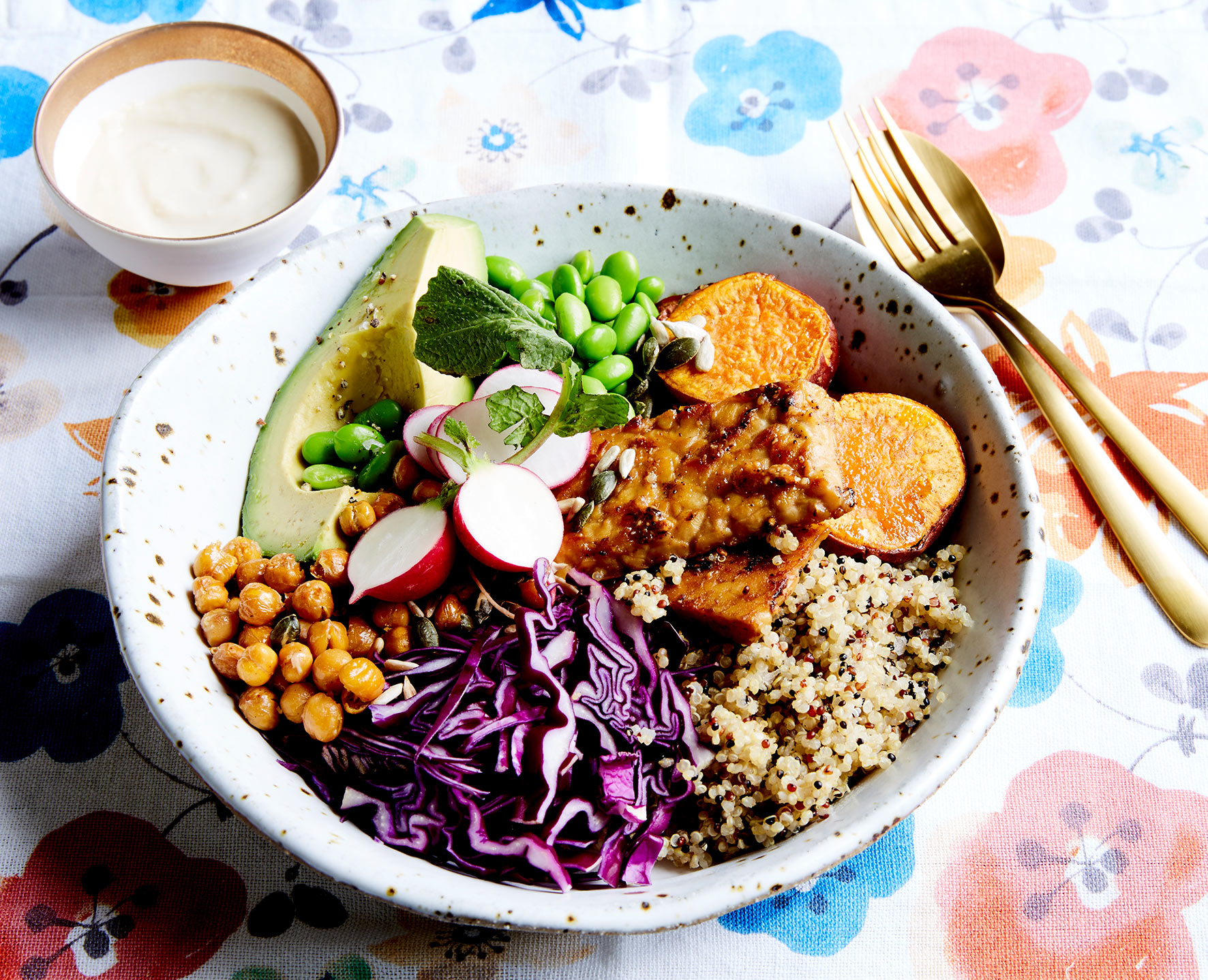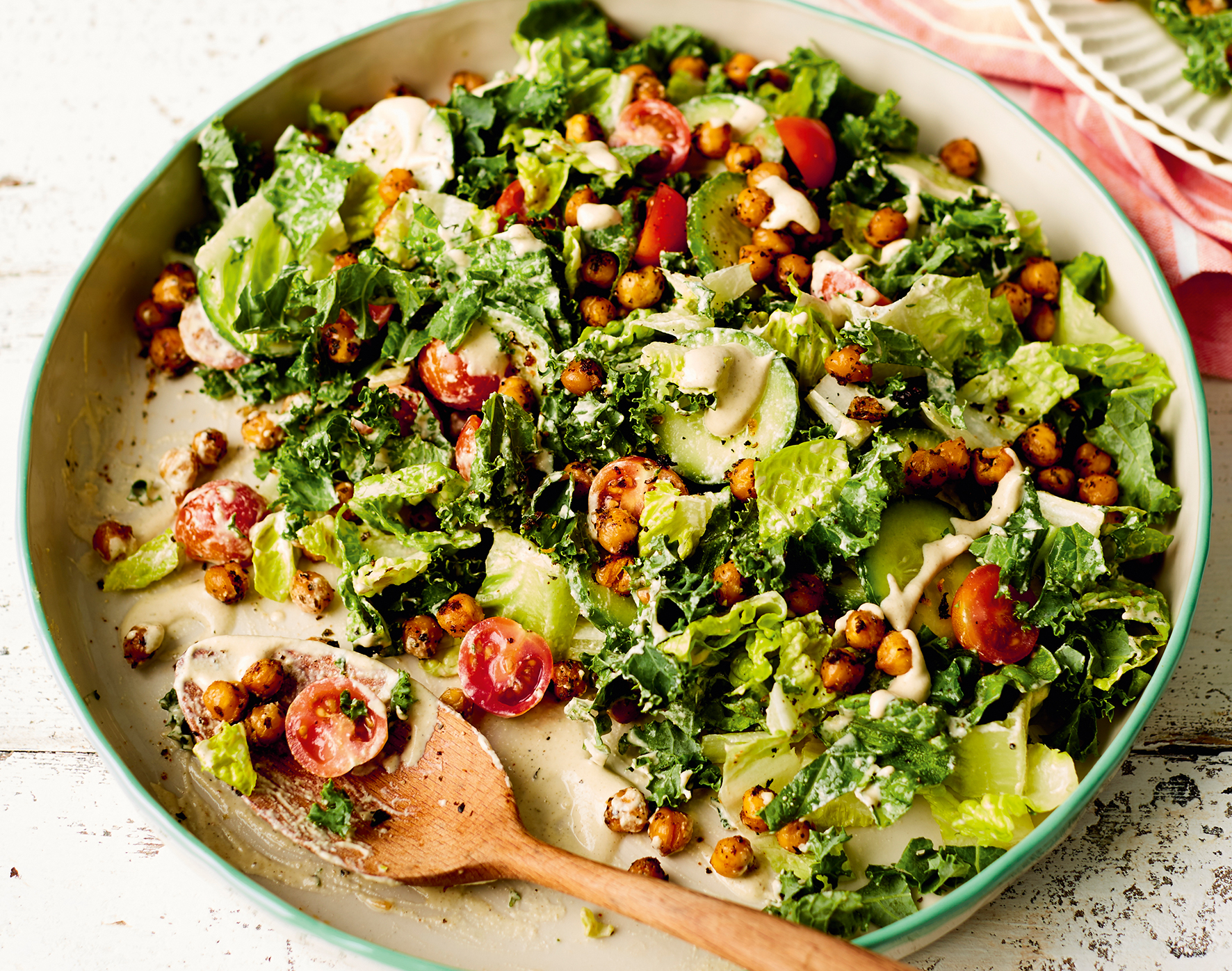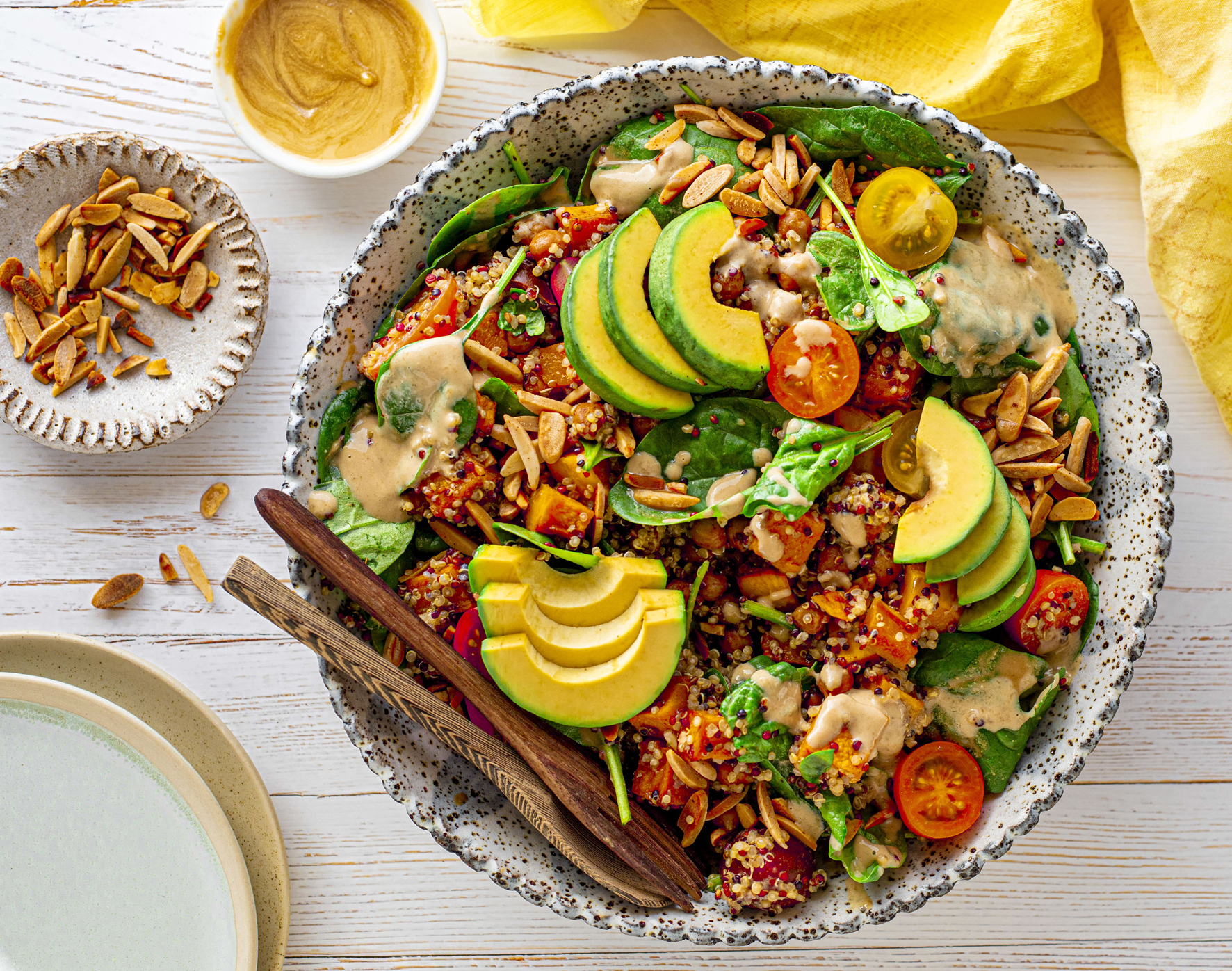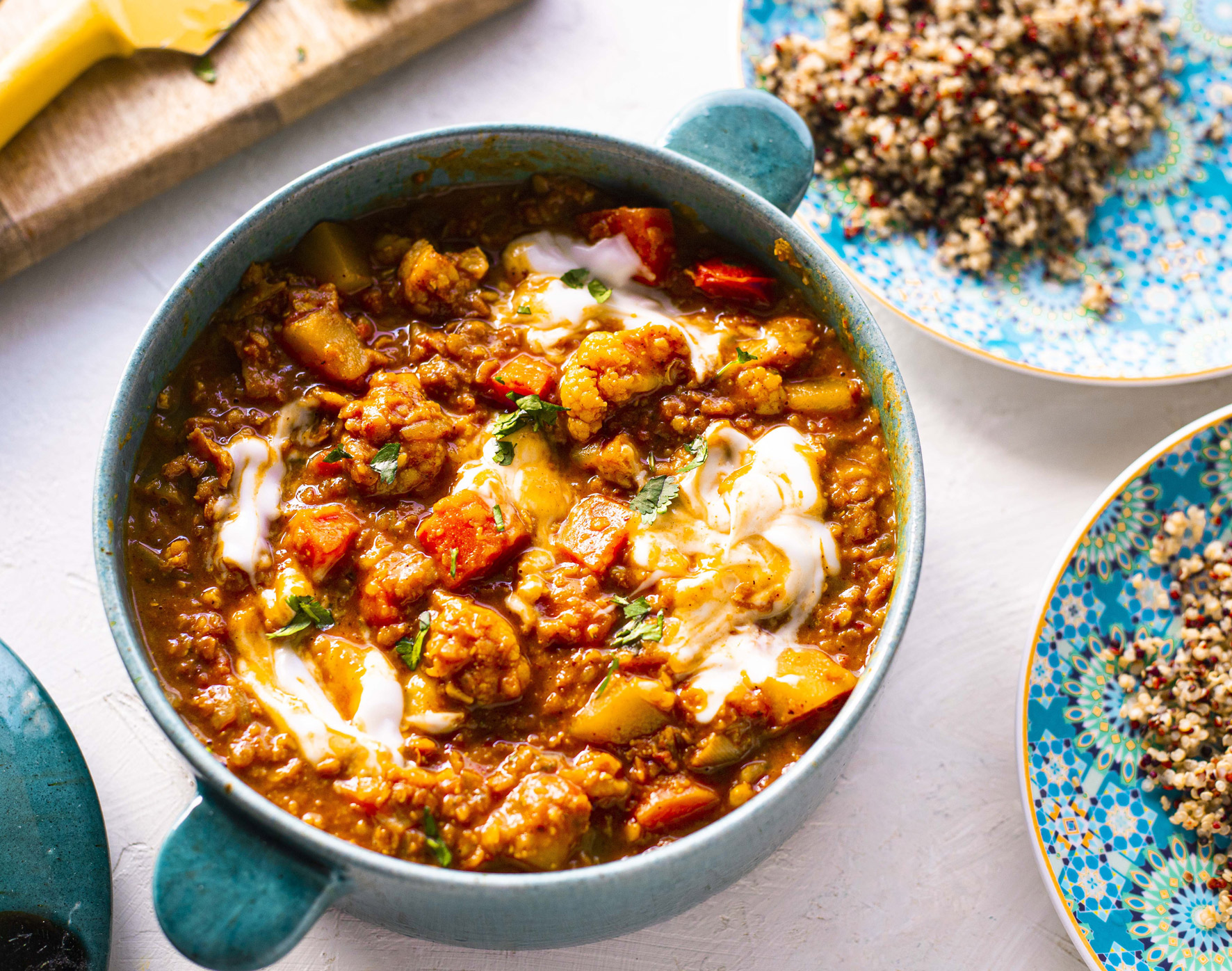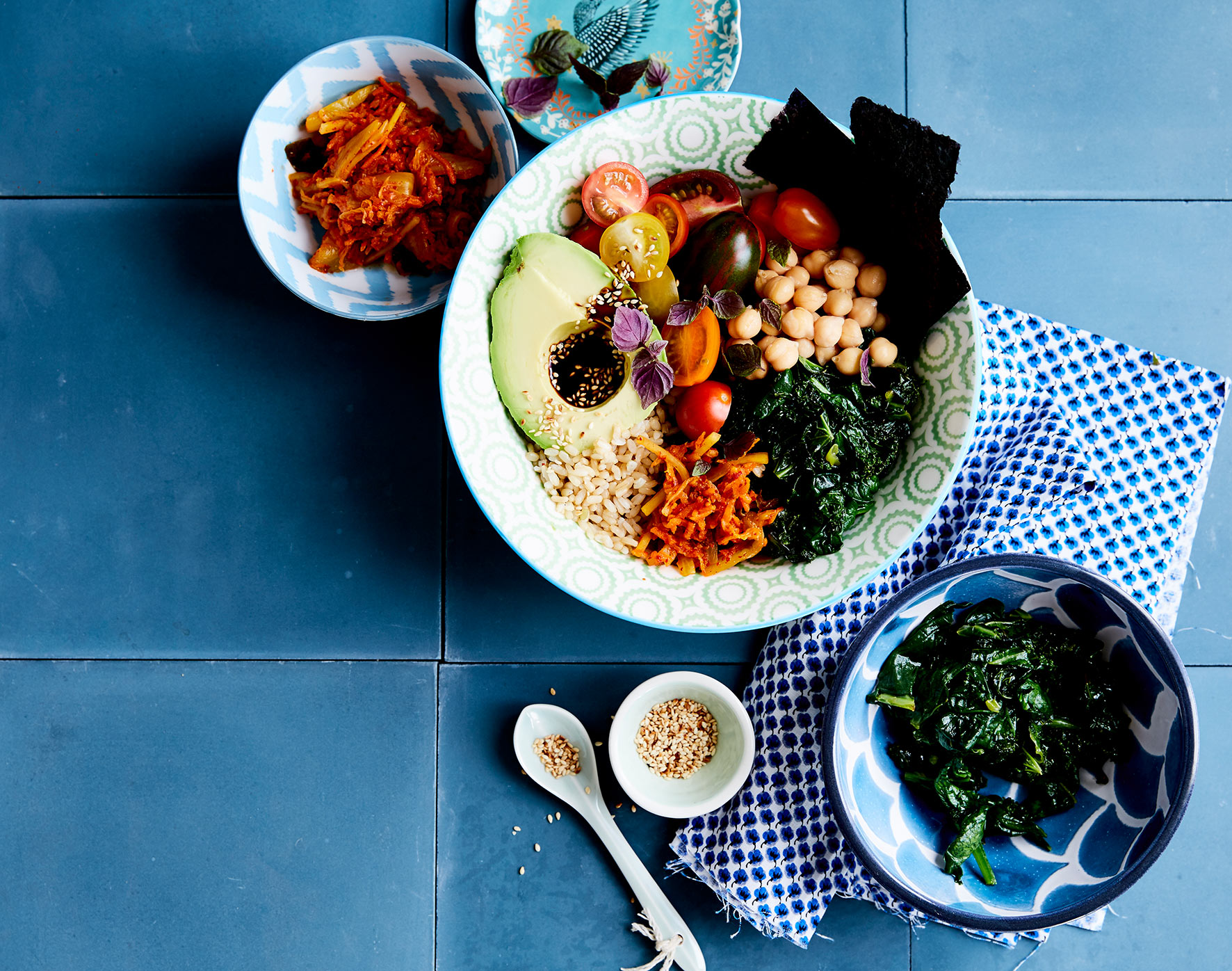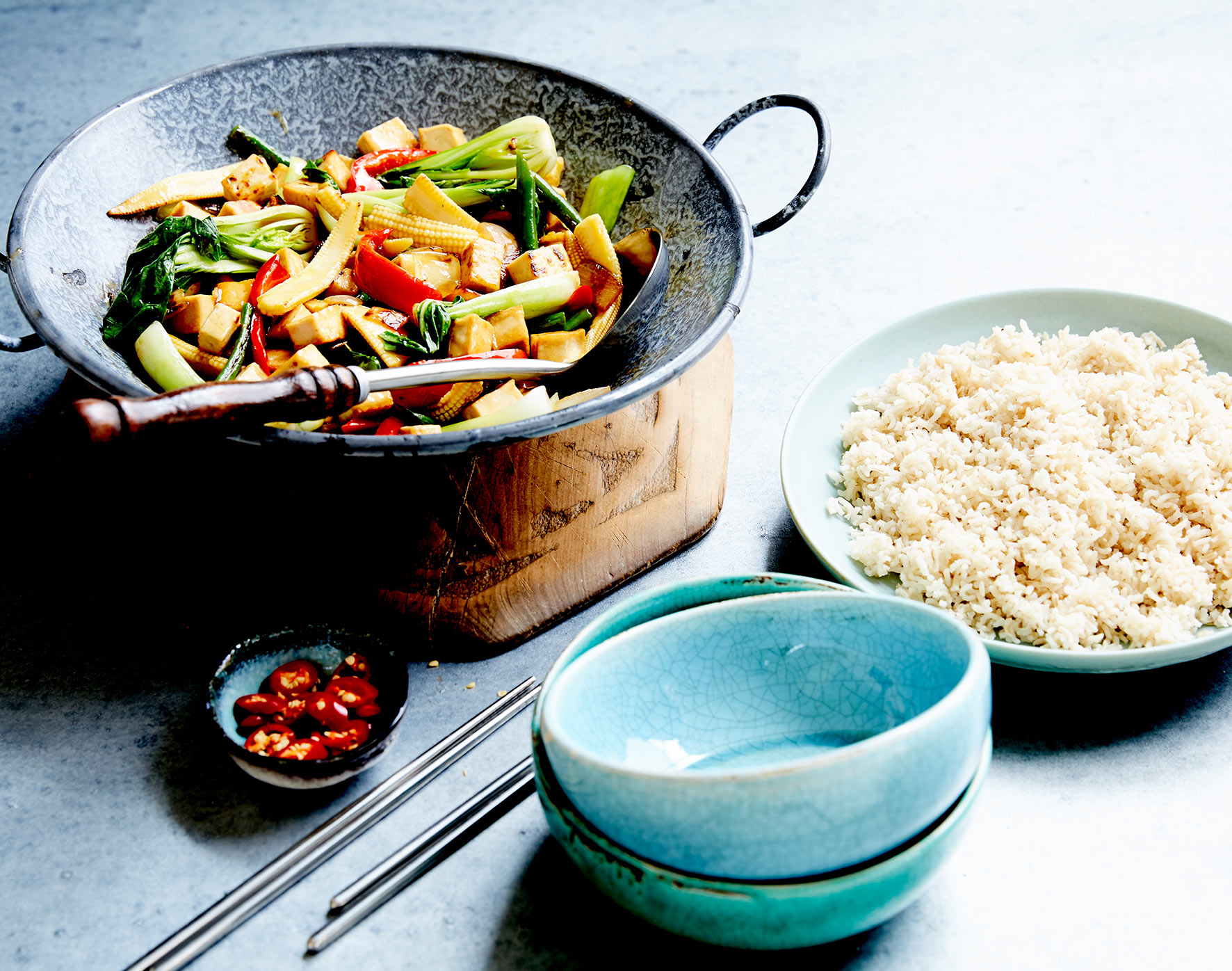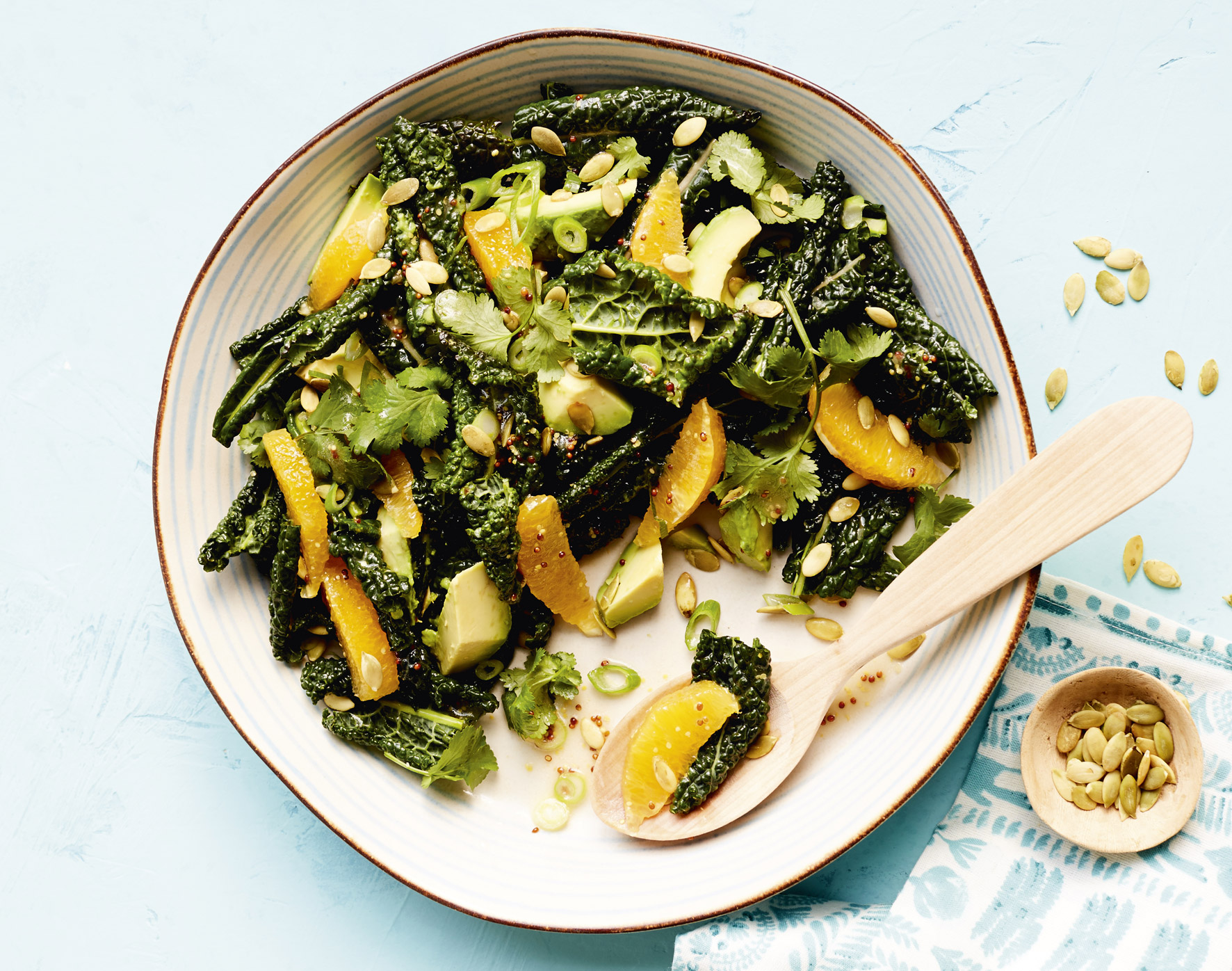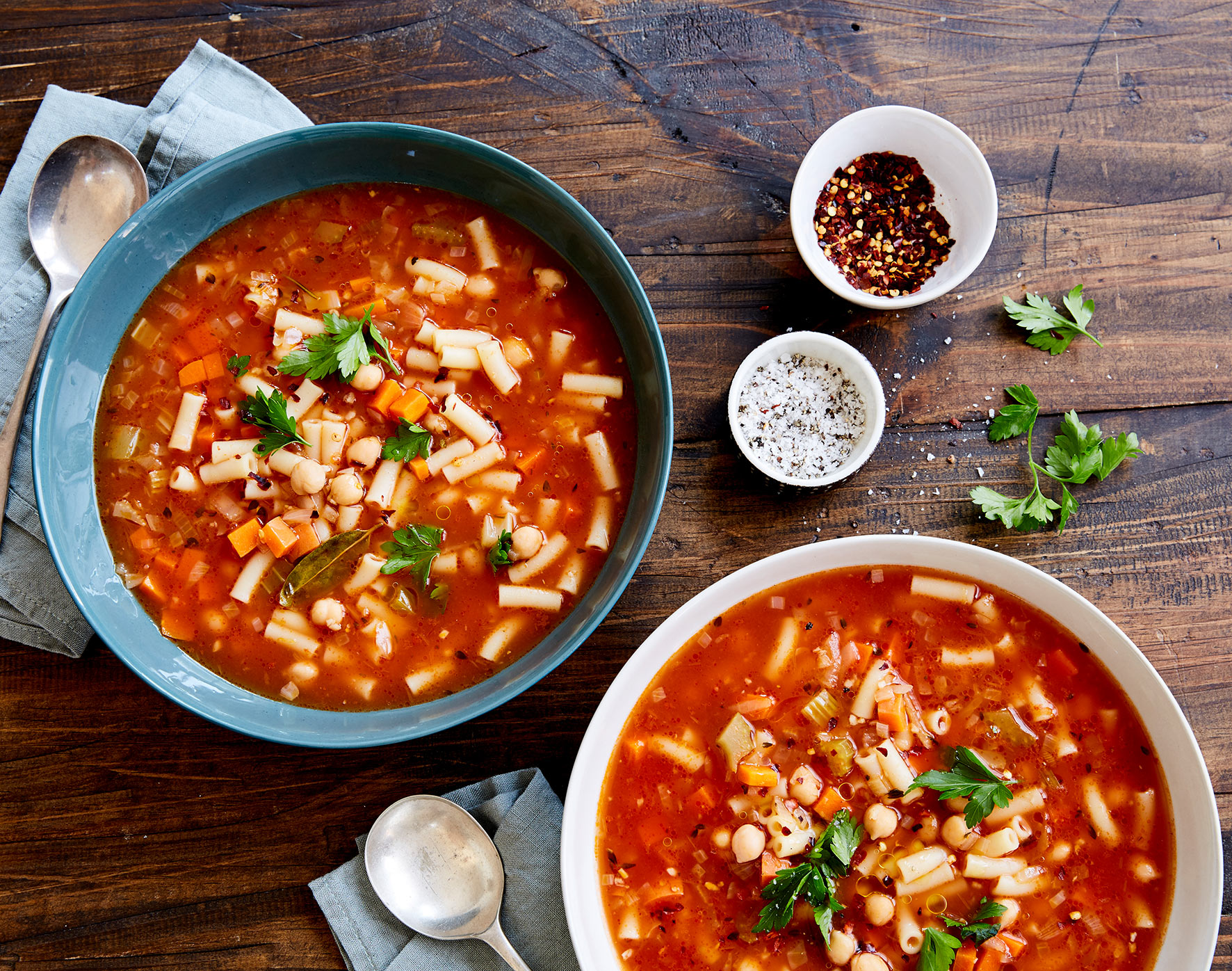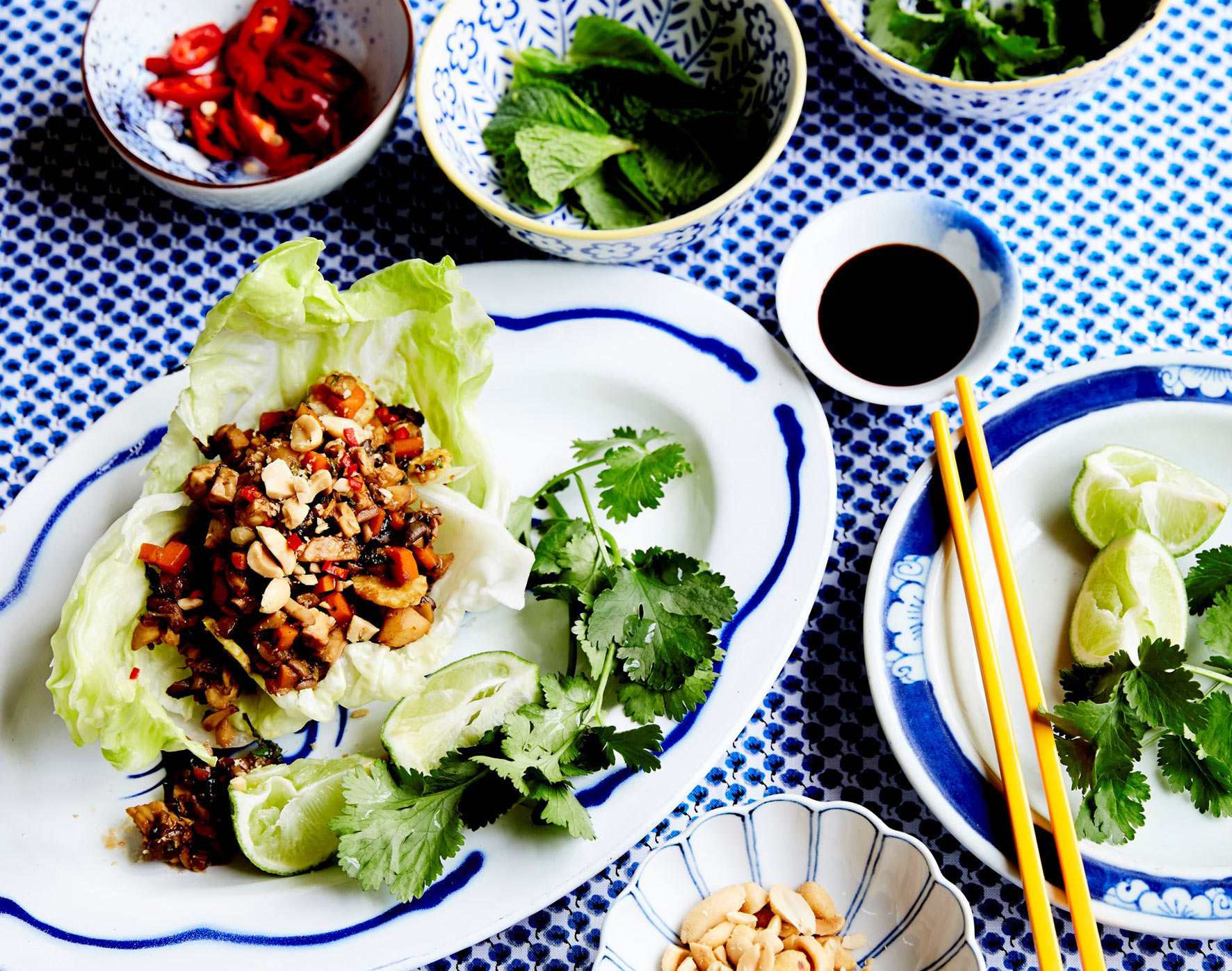
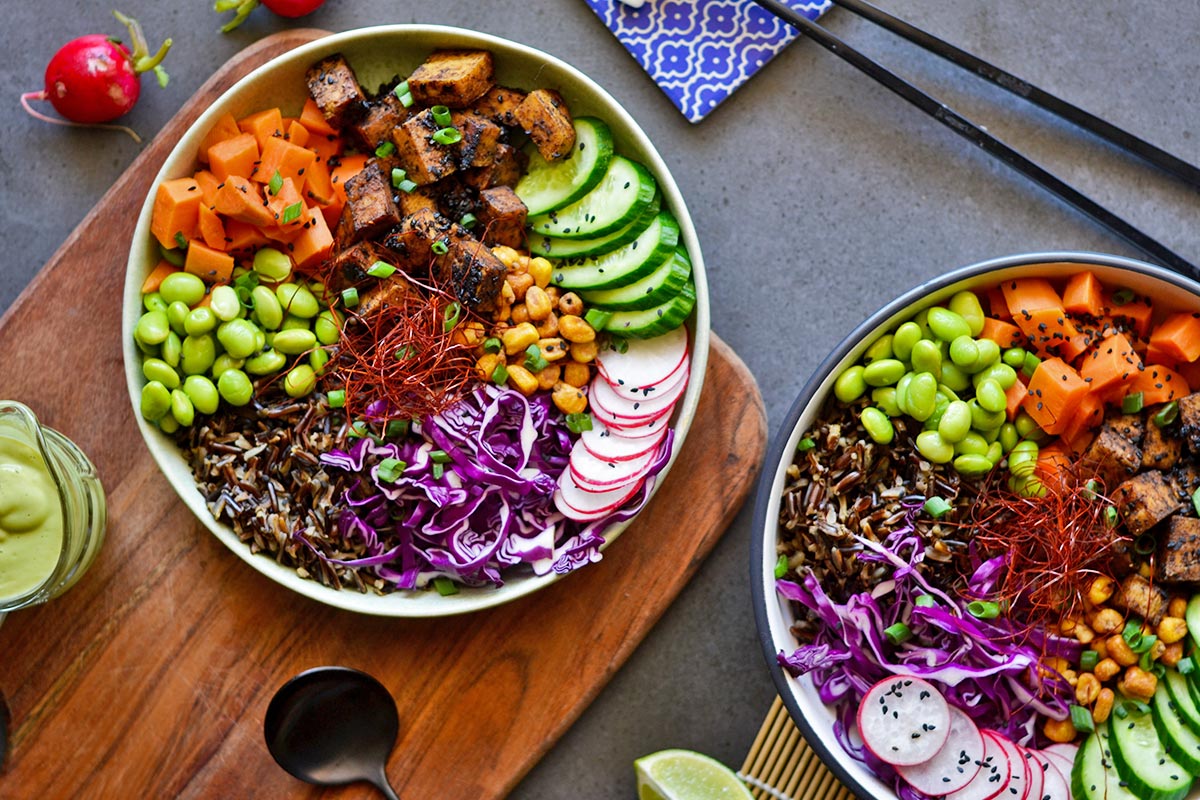
Eating plant-based may be one of the best things you can do for your health.
As with any food regimen, eating plant-based is all about balance — or put another way, variety! And we are lucky to have so much variety, all from the Plant Kingdom, lining the supermarket shelves today. Read on to learn our 4 top tips for a healthy plant-based journey …

Your family can be well-nourished and mighty happy eating veg, too.
You can meet all of your family’s nutritional needs with a plant-rich diet. Most kids — even the so-called ‘picky’ eaters — will appreciate your reasons for trying plant-based food, especially once they taste how delicious it is!

Some of the world's top athletes are fuelled entirely by plants.
Your body — particularly if you’re exercising or competing in sports at an elite level — can thrive on a plant-rich diet. From boxing to soccer, body-building to tennis … Professional athletes all over the world have unleashed their potential after going plant-based.
Your 5 food groups for a plant-based diet
Grains and starchy vegetables
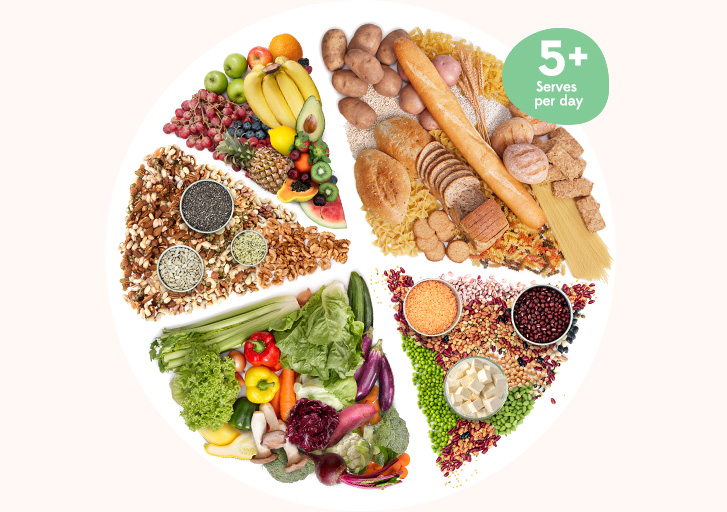
Grains are a great source of fibre and iron, and they also contain some protein. They are rich in B vitamins, which are important for metabolism and nerve function.
What’s a serving?
½ cup cooked rice, pasta or barley, 1 medium sweet potato, ¼ cup muesli or 1 slice wholegrain bread.
Good sources:
Brown rice, whole wheat pasta, porridge, sweet potatoes.
TIP
Throw some roasted sweet potato in with your greens for a heartier salad.
Legumes and soy products
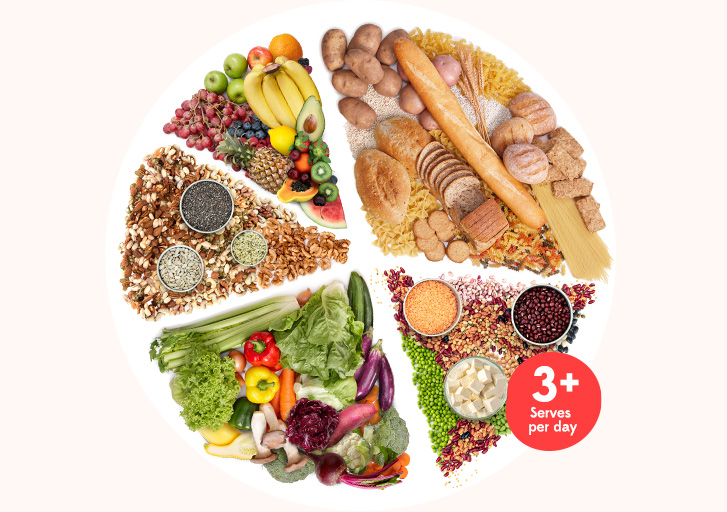
Legumes and soy products provide a hefty amount of protein. Many of these foods are also rich in calcium and iron.
What’s a serving?
½ cup cooked beans, ½ cup tofu, ½ cup tempeh or 1 cup fortified soy milk.
Good sources:
Kidney beans, tofu, tempeh, lentils, peas.
TIP
Experiment with marinades and spices to make tofu dishes sing.
Vegetables
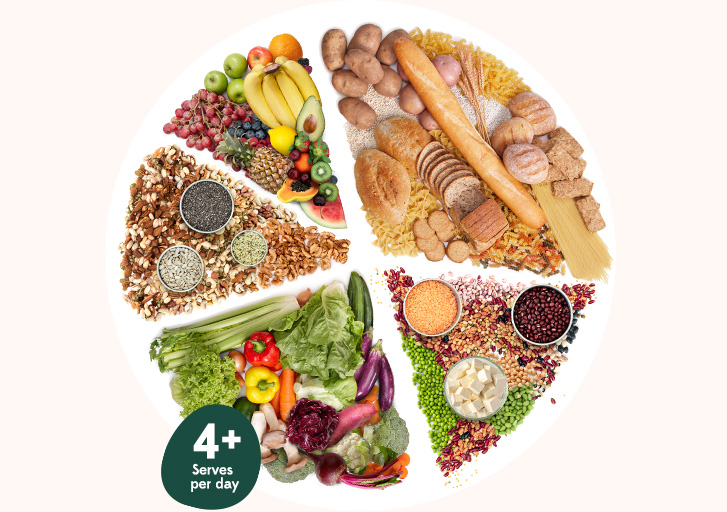
Vegetables are chock full of nutrients, like beta carotene, which your body turns into vitamin A (important for good eyesight and immune function); and vitamin C, which creates collagen (a protein that makes skin, joints, and bones strong). Vegetables also contain a host of cancer-fighting phytochemicals.
What’s a serving?
½ cup cooked vegetables, 1 cup raw vegetables or ½ cup vegetable juice.
Good sources:
Kale, broccoli, cauliflower, spinach, cabbage, capsicum, carrots, mushrooms.
TIP
Eat the rainbow! The varying, vibrant colours in vegetables exist because of the thousands of healthful phytonutrients.
Seeds and nuts
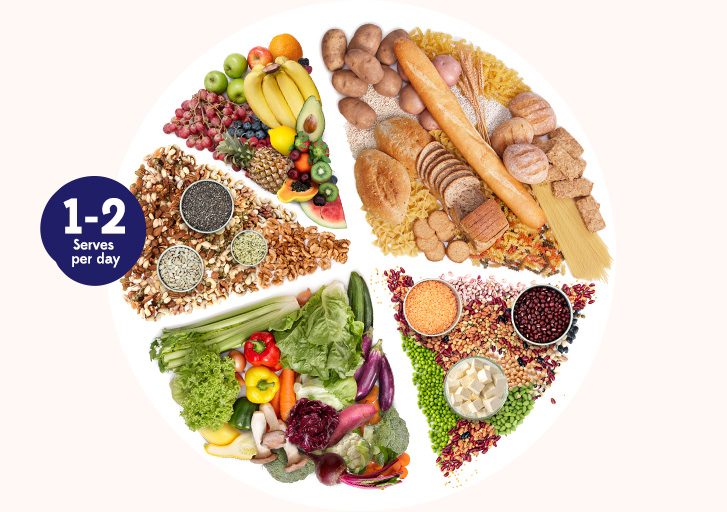
Nuts and seeds provide protein and iron, as well as zinc, which supports a healthy immune system. Omega-3 fatty acids – found in walnuts, flaxseeds, quinoa and chia seeds – aid in healthy brain function.
What’s a serving?
¼ cup nuts, ½ cup cooked quinoa, 2 tablespoons seeds or 1 tablespoon nut or seed butter.
Good sources:
Pumpkin seeds, peanut butter, tahini, flaxseeds, walnuts, almonds, quinoa.
TIP
Try some tahini in your salad dressing to add creaminess or a handful of almonds as an easy snack.
Fruit
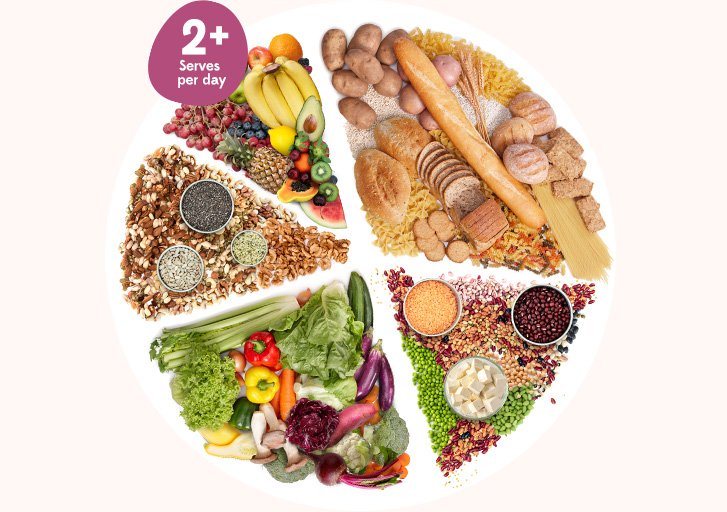
Fruits are great for hydration and a fantastic source of fibre, which aids in digestion and helps prevent heart disease. Many fruits are also rich in potassium, which is important for proper organ function, and most berries are packed with antioxidants.
What’s a serving?
1 medium-sized fresh fruit or 1 cup chopped fruit.
Good sources:
Apples, oranges, blueberries, blackberries, bananas, avocados, mangos, grapefruit, watermelon, kiwi.
TIP
Starting your day with a fruit smoothie is a great way to get your daily servings of fruit.
